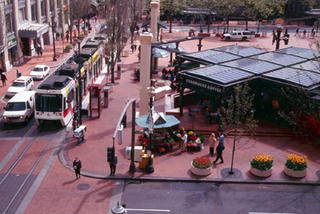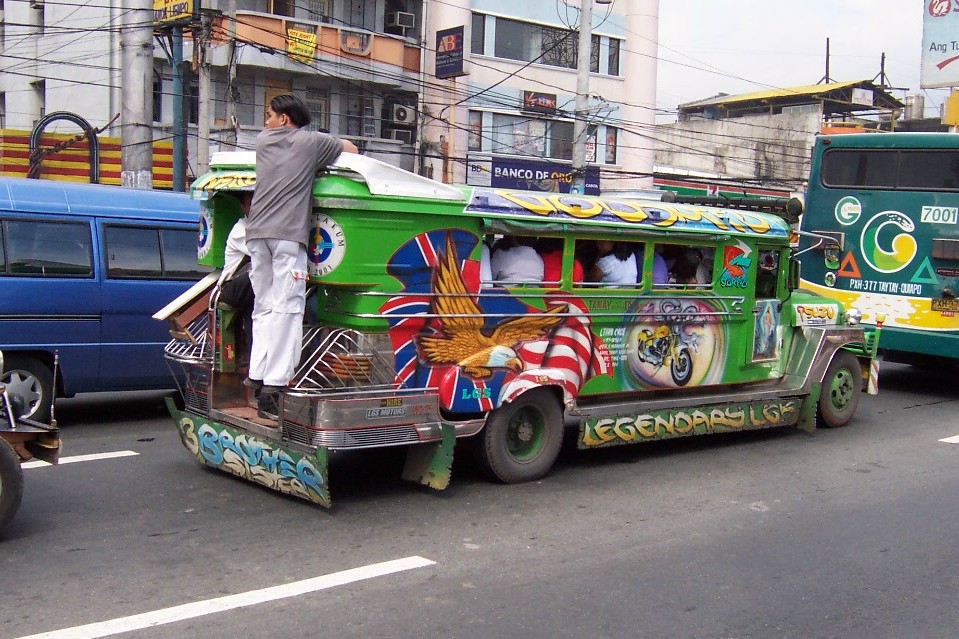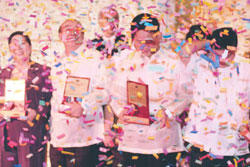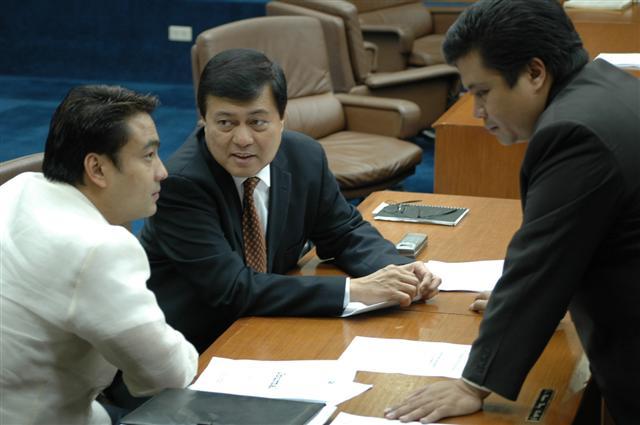
1. Mix Land Uses. New, clustered development works best if it includes a mix of stores, jobs and homes. Single-use districts make life less convenient and require more driving.from How to achieve Smart Growth
Monocultures are bad. Whether it be in forestry, farming, society, or in
thinking and discourse -single-use, single-crop systems are fragile, energy inefficient systems.
Monocultures are convenient for management and efficiency experts. One crop/product makes the system predictable and easy to harvest but the choice is often very short-sighted. The cost of maintaining a monoculture increases exponentially as the single crop exhausts the land of a particular set of resources. A single crop farm will need
more fertilizer, herbicide and fungicide than a in farms where the crops are mixed or
rotated.
A large swath of land turned into single-crop plantation quickly exhausts the soil and makes the local economy vulnerable to collapse when the market for the crop fails.
Same goes for cities and urban districts. Monocultures -single use districts, are easy to parcel out and sell but lead to
socially stratified cities and increases vehicular traffic. Separating uses means increasing travel distance between uses.
Single use districts are a product of
euclidean zoning, which is itself a product of 19th and early 20th century industrial society that saw the efficiency of the assembly line and thought this would clean up the mess of cities. (cf -
Congres Internationaux d'Architecture Moderne's "Functional City" in the
1933 Athens Charter).
Planners thought segregating uses, a response to the
squalid conditions of the industrial cities, would create more livable cities. Commerce would stay in commercial zones, industry (and it's noxious byproducts) would be separated from residential areas and the city, in theory, would hum as cleanly as a Ford factory. As with all good ideas, this was of course taken too far such that, in the US, zoning separated even grocery stores from its customers and created auto-dependent development epitomized by monstrous suburban malls ringed by acres and acres of parking.
This is usually not a problem in traditional asian cities - walk through Hongkong, Shanghai, Seoul or Tokyo and the residential areas mix right in with the retail and services. Tokyo zoning, in fact, prescribes only what land use is
NOT allowed and lets the citizens go their merry own way. The result is a more vibrant street life with residential needs closely knit to the places providing for those needs.
In our own city, this happy-mixing is captured by the corner sari-sari store in the projects of Quezon City. Manila's older parts have enough chaos that there are stores and groceries almost everywhere.
That state of affairs though is fast being lost in the suburbs north, south and east of Metro Manila, where land use plans took their cues from single-use zoning. From Better Living down to the new villages (with fancy, english sounding names) in Laguna and Cavite, finding the nearest grocery store means stepping into a car or a tricycle and driving out for a few kilometers. The subdivisions east of the metro - from Marikina to Antipolo also share the same problems arising from this same formulaic response: Master planned areas will neatly chop up areas for housing from areas for stores from areas for jobs then lay down wide roads in between to ferry people from one use to another.
Planning hindsight sees that mixing uses was not so bad after all as it allows residents to walk to get to their everyday needs -gives retail and restaurants a steady set of consumers -and more importantly puts more life on the street.
(I am glad that the Ayala Business District has lately turned to
zoning rules mixing uses in the Legaspi and Salcedo districts. The ground floors are now allowed to
sport restaurants, coffee bars and laundromats, it makes the street life all the more active.)
As the metropolis goes through it's cycle of new development and re-development, I hope we take more to Shanghai and Hongkong than to L.A. or Atlanta.


















